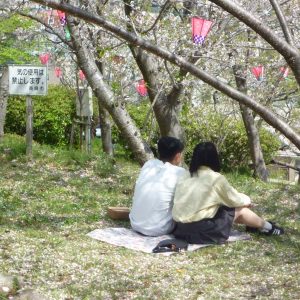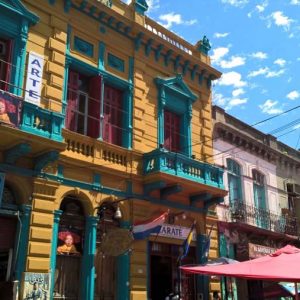Framed by the foothills of the Massif Central to the north and the snow-capped Pyrenees to the south, Carcassonne glistens along the river Aude, claiming two world heritage sites and all the colours and fragrance of southern France.
Hilltop citadel
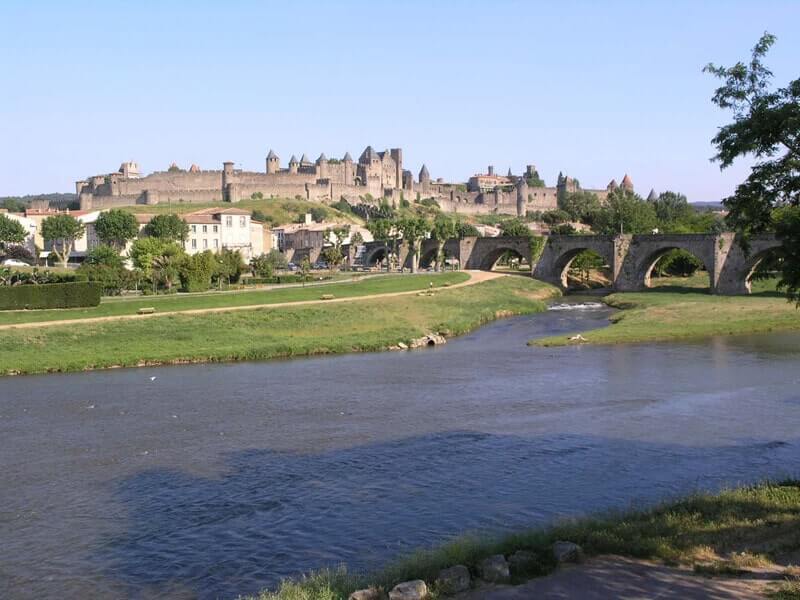 Fully restored by Viollet le Duc in the 19th century and listed by UNESCO, the medieval ‘Cité’ beckons like a fairytale high above the river. Imagine a double line of ramparts, almost 2 miles around, 52 towers, dungeons and gates and at the very top, the ‘Château Comtal’ with its own fortifications protecting the local rulers in medieval times. But before you cross the drawbridge by the main gate, look out for the bust of Dame Carcas who in the 8th century threw a pig over the ramparts to the besieging Franks. Wasting food after five years? The Franks gave up and as the Dame ‘rang’ the bells in celebration, ‘Carcas-sonne’ was born.
Fully restored by Viollet le Duc in the 19th century and listed by UNESCO, the medieval ‘Cité’ beckons like a fairytale high above the river. Imagine a double line of ramparts, almost 2 miles around, 52 towers, dungeons and gates and at the very top, the ‘Château Comtal’ with its own fortifications protecting the local rulers in medieval times. But before you cross the drawbridge by the main gate, look out for the bust of Dame Carcas who in the 8th century threw a pig over the ramparts to the besieging Franks. Wasting food after five years? The Franks gave up and as the Dame ‘rang’ the bells in celebration, ‘Carcas-sonne’ was born.
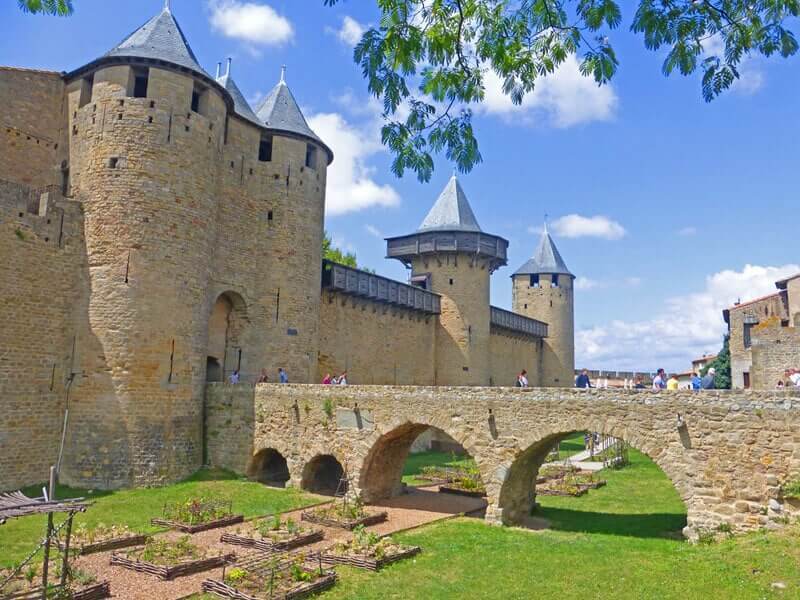 Religious wars, invasions, the 2000-year-old Cité had a difficult past but times have changed and today excited visitors come from all over the world, especially in the summer months when festivals are in full bloom. No traffic in the citadel (except locals) so families happily wander up the steep cobbled lanes where souvenir shops sell linen, ceramics, plastic swords and more. Some visit the castle others the museums or the basilica with its dazzling stained-glass, then it’s time to unwind on a café-terrace and watch the world go by. But for me the real treat is walking on the ramparts, marvelling at the ever-changing panorama from mountains and vineyards to the medieval bridge across the river and the red roofs of the Bastide glowing in the southern sun.
Religious wars, invasions, the 2000-year-old Cité had a difficult past but times have changed and today excited visitors come from all over the world, especially in the summer months when festivals are in full bloom. No traffic in the citadel (except locals) so families happily wander up the steep cobbled lanes where souvenir shops sell linen, ceramics, plastic swords and more. Some visit the castle others the museums or the basilica with its dazzling stained-glass, then it’s time to unwind on a café-terrace and watch the world go by. But for me the real treat is walking on the ramparts, marvelling at the ever-changing panorama from mountains and vineyards to the medieval bridge across the river and the red roofs of the Bastide glowing in the southern sun.
The lower town
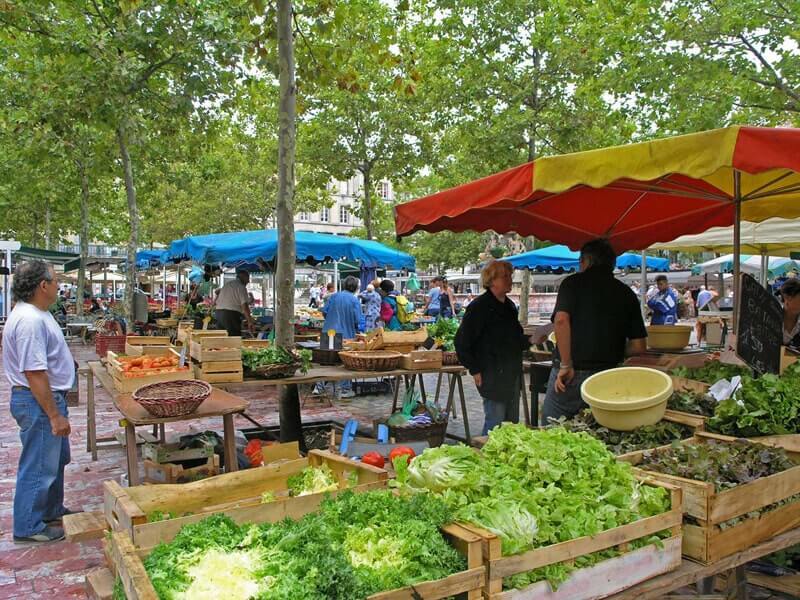 Founded by King St Louis in 1260, on the left bank of the Aude, the traditional bastide is on a checkerboard pattern where long straight streets lead to the central square. This is Place Carnot, the heart of town, graced by a grand statue of Neptune and myriad café-terrace offering refreshing salads, seafood or the hearty ‘cassoulet’ stew with a glass of Corbières or Minervois. Three mornings a week, the farmers’ market takes over the square, offering freshly-picked fruit and veg., bread, cakes, cheese, olives, garlic and so much more. You can taste before you buy and fill the container, as provided. The surrounding streets are dotted with small shops, almost village-like with apartments on top, including the pedestrian ‘high’ street. Superstores are on the very edge of town.
Founded by King St Louis in 1260, on the left bank of the Aude, the traditional bastide is on a checkerboard pattern where long straight streets lead to the central square. This is Place Carnot, the heart of town, graced by a grand statue of Neptune and myriad café-terrace offering refreshing salads, seafood or the hearty ‘cassoulet’ stew with a glass of Corbières or Minervois. Three mornings a week, the farmers’ market takes over the square, offering freshly-picked fruit and veg., bread, cakes, cheese, olives, garlic and so much more. You can taste before you buy and fill the container, as provided. The surrounding streets are dotted with small shops, almost village-like with apartments on top, including the pedestrian ‘high’ street. Superstores are on the very edge of town.
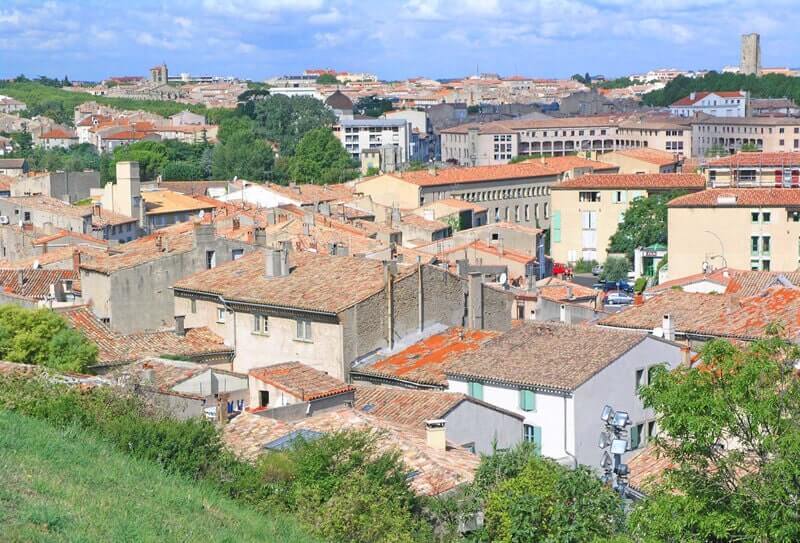 Few tourists venture down to Bastide-St Louis, but hidden gems will delight those in the know. Here’s the cathedral – originally the 13th century parish church – there is the Museum of Fine Arts displaying ceramics and paintings (17th century onwards), the parks such as the Chenier Garden with fountain, flowers and trees, and the remains of old bastions preserved along the new boulevards. The ‘Carcassonnais’ like their boulevards, with plenty of shade (and parking places) and as they encircle the bastide, I like to walk all the way round, meeting locals along the way or watching an impromptu game of ‘pétanque’ in the late afternoon.
Few tourists venture down to Bastide-St Louis, but hidden gems will delight those in the know. Here’s the cathedral – originally the 13th century parish church – there is the Museum of Fine Arts displaying ceramics and paintings (17th century onwards), the parks such as the Chenier Garden with fountain, flowers and trees, and the remains of old bastions preserved along the new boulevards. The ‘Carcassonnais’ like their boulevards, with plenty of shade (and parking places) and as they encircle the bastide, I like to walk all the way round, meeting locals along the way or watching an impromptu game of ‘pétanque’ in the late afternoon.
Lake, canal and river
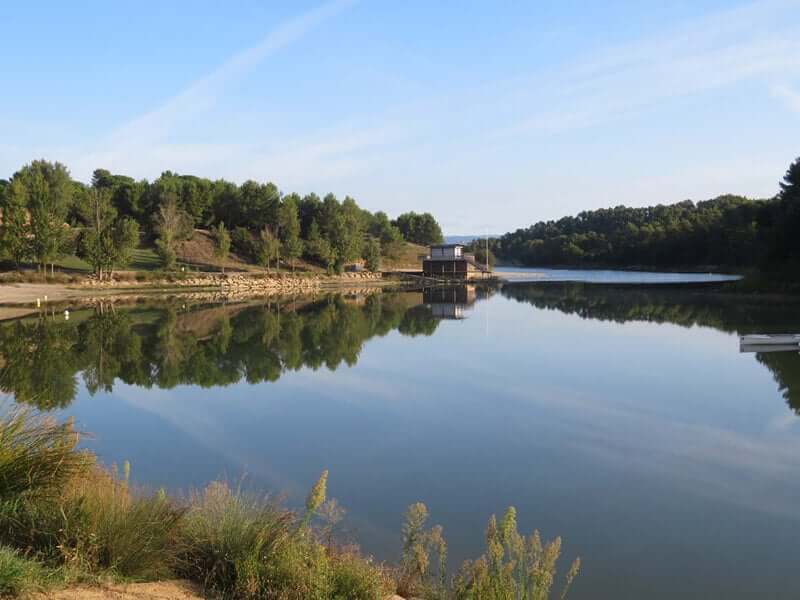 It’s about an hour’s drive to the sea but guess what? ‘Carcassonne has a beach,’ they say, on the lovely Lake Cavayère, the reservoir just out of town where you can swim, sunbathe on the sand, ride a pedalo or ramble around. There are picnic tables and refreshments and beyond the aquatic games, quiet woodlands and country views. The scent of wild herbs lingers in the air and on a hot afternoon, you might hear cicadas chirping in the trees.
It’s about an hour’s drive to the sea but guess what? ‘Carcassonne has a beach,’ they say, on the lovely Lake Cavayère, the reservoir just out of town where you can swim, sunbathe on the sand, ride a pedalo or ramble around. There are picnic tables and refreshments and beyond the aquatic games, quiet woodlands and country views. The scent of wild herbs lingers in the air and on a hot afternoon, you might hear cicadas chirping in the trees.
Meanwhile in the city, the Canal du Midi makes its way through the trees, past a small marina and an oval lock, just across the road from the railway station. Sail for a week or just book a morning cruise to watch the wildlife and enjoy the scenery. Or follow the old towpath to the nearby village of Trèbes nestling among the vineyards. Now a world heritage site, the canal was built by Riquet in the 17th century to link the Mediterranean via Toulouse and the Garonne to the Atlantic Ocean. Riquet spent all his personal fortune on the project but sadly passed away shortly before completion.
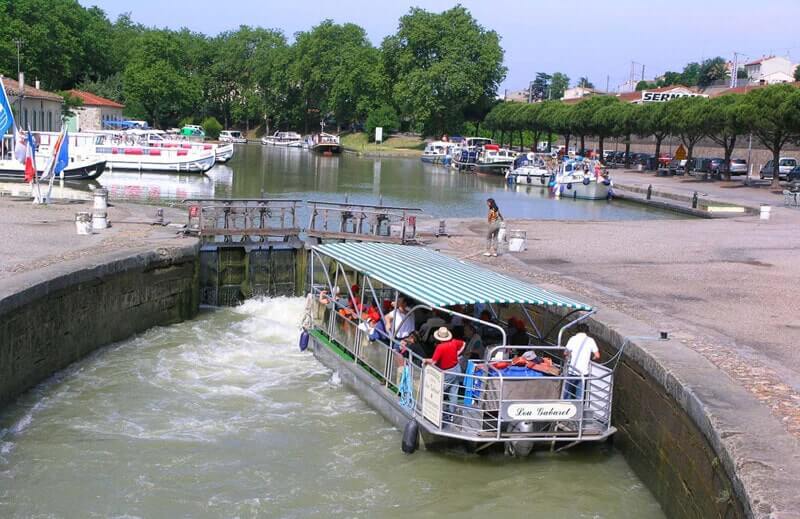 Whenever I return to Carcassonne, I love to relax by the water, especially along the river flowing down from the Pyrenees then turning sharply east on the edge of the city towards the Mediterranean. My favourite walk heads upstream on the left bank, gazing at the citadel across the water, past the pedestrian ford and the tumbling dam where the Aude sparkles like silver. Then well beyond the cool verdant park, a bridge lets you reach the other bank meandering through the trees, all quiet and wild, nothing disturbing the peace but the lonely fishermen. Then after an hour or so, the Cité comes back into view, as impressive as it ever was in the Middle-Ages.
Whenever I return to Carcassonne, I love to relax by the water, especially along the river flowing down from the Pyrenees then turning sharply east on the edge of the city towards the Mediterranean. My favourite walk heads upstream on the left bank, gazing at the citadel across the water, past the pedestrian ford and the tumbling dam where the Aude sparkles like silver. Then well beyond the cool verdant park, a bridge lets you reach the other bank meandering through the trees, all quiet and wild, nothing disturbing the peace but the lonely fishermen. Then after an hour or so, the Cité comes back into view, as impressive as it ever was in the Middle-Ages.
More information
Getting there: Direct flights (Ryanair), London Stansted to Carcassonne.
Silver Travel Advisor recommends Kirker Holidays for hotel stays in Carcassonne.

